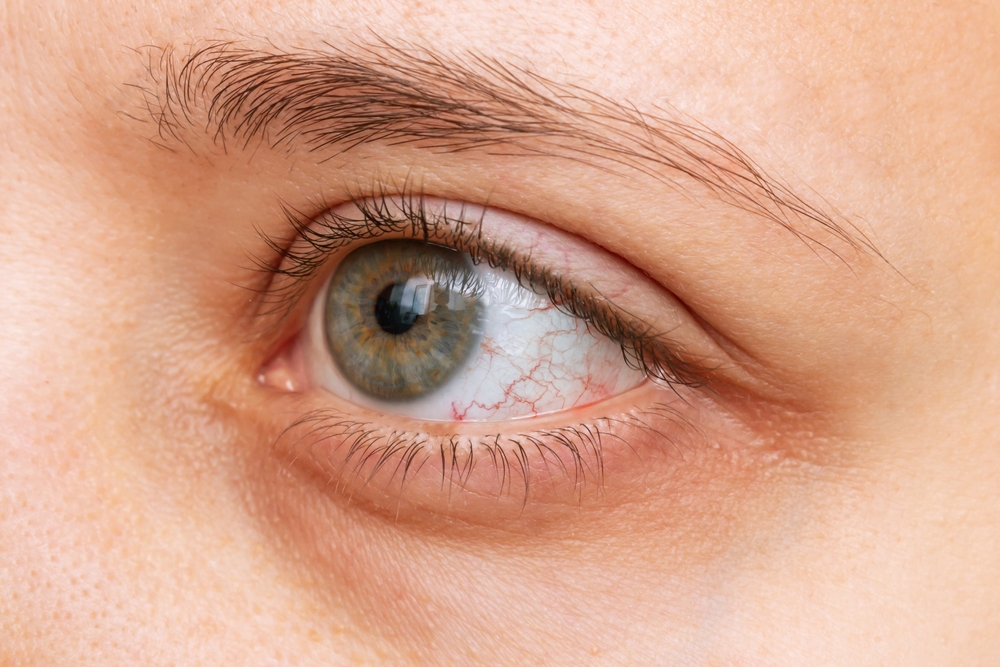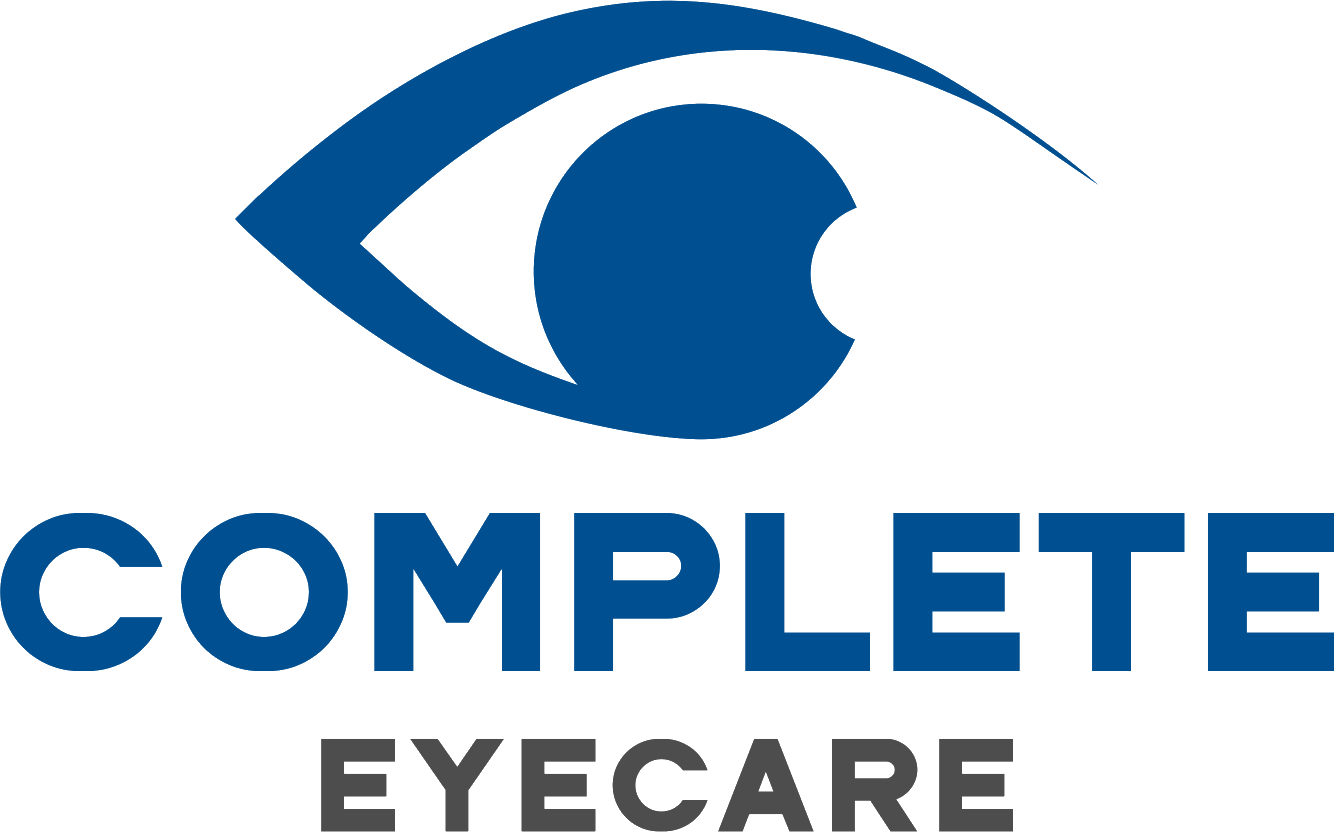
Most people experience episodes of eye dryness. For most, the condition is mild and temporary and can be due to environmental conditions and factors that cause eye strain. For others, dry eye is a chronic condition with more severe and persistent symptoms. Several treatments can help to relieve dry eye symptoms, ranging from nonprescription eye drops to in-office treatments.
Dry eye disease is a condition that arises when the eyes fail to produce enough tears or when tears evaporate too fast. Patients experience chronic inflammation, with symptoms such as burning, stinging, blurry vision, and a sensation of something in the eye.
If not treated, the condition can negatively affect an individual’s quality of life. It can affect activities such as reading, driving, or working. It can also result in severe consequences, such as damage to the surface of the eye.
What Causes Dry Eyes
Dry eyes can be caused by age, medical conditions, medications, eyelid infections, climate, excessive eye strain, etc. The cause usually determines the severity. If you have an underlying health issue, treating the problem can help relieve eye dryness.
Certain medications, too, can cause eye dryness. Changing the drug can relieve the symptoms. The most typical reason for chronic dry eye is meibomian gland dysfunction. This gland is responsible for the production of oil for the tear film.
Treating Dry Eyes
Treatments for dry eyes include artificial tears, prescription eye drops, eye inserts, light and massage therapy, lid cleaning, and more. Effective treatment will be based on the underlying cause and severity of the condition.
Eye clinics offer new imaging techniques and options to treat dry eyes. Multidisciplinary and comprehensive care can provide long-term relief for chronic dryness. Treatment begins with an evaluation of the eye surface and meibomian glands. Ocular imaging allows doctors to assess and monitor eye health.
Blood Serum Eye Drops
Doctors may recommend serum eye drops for patients who do not respond to regular eye drops and other dry eye treatments. Blood serum drops can help treat severe dry eye. Made by using the patient’s blood and a saline solution, the drops are effective and do not have side effects. They are ideal for individuals sensitive to various ingredients found in regular medications.
In-Office Dry Eyes Treatment
Patients with chronic dry eye can benefit from specialized in-office treatments. Eye specialists can recommend intense pulsed light (IPL) therapy to treat the meibomian glands and increase oil production.
In-office treatments allow eye doctors to monitor the process and evaluate the treatment efficacy. Lid cleaning and skin surface treatments usually produce immediate improvements and can improve the patient’s quality of life.
New Dry Eye Treatment
Cyclosporine ophthalmic solution (Vevye) 0.1% is a new patented prescription drug that can help treat dry eye disease. The preservative-free drug is based on semi-fluorinated alkane eye drop technology.
Doctors dispense the twice-daily treatment solution in 10-microliter drops. It helps to treat the symptoms and underlying signs of dry eye syndrome. If you experience dry eyes, visit an eye specialist for diagnosis and treatment.
For more on the new treatment for dry eyes in 2024, visit Dr. Krietlow & Associates at our office in Blaine, Minnesota. Call (763) 296-8400 to book an appointment today.








